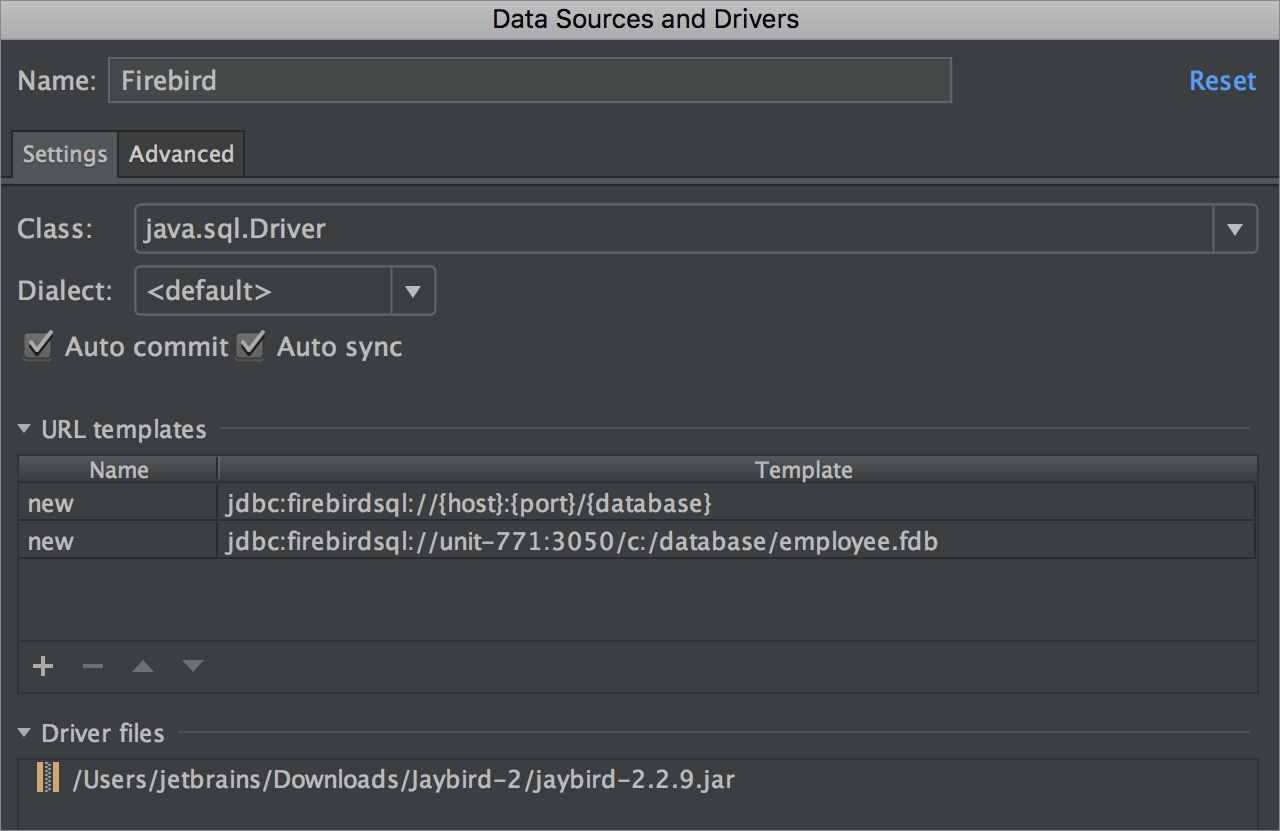

The minimum version of Java supported is 1.8.x as of SQuirreL version 3.8.1.Ĭommentor 1: If it doesn't start in OS X (like nothing appears) see pgAdmin 3 SQuirreL SQL Client is a graphical Java program that will allow you to view the structure of a JDBC compliant database, browse the data in tables, issue SQL commands etc. With cross database and platform support.

Open source, desktop application to manage your local or remote PostgreSQL databases.Ī simple and lightweight SQL client desktop/terminal Rather than being a native application it's primarily a web application that's also packaged as desktop web shell. PgAdmin 4 is a ground-up rewrite of pgAdmin 3.
Datagrip format sql shortcut software#

Open settings by pressing Control+Alt+S and navigate to Tools | External Tools.Ĭlick the Add button ( ) and specify the following settings: This configuration will pass contextual information from your project to sqlite3 as command-line arguments and display the output in the Run tool window. To run the script, you need to create a configuration for a third-party tool (in our case, sqlite3).

And use the following script in the SQL file. You can create similar configurations for other tools.įor this tutorial, we will create the sqlite.db database file in /Users/jetbrains/DatagripProjects/sqlite. In this topic, we are going to use the sqlite3 as an example. By default, meta-commands are highlighted in green. It means that you can open an SQL script with meta-commands in the editor, but you need an external tool to run the script. CLI tools do this translation.ĭataGrip supports syntax highlighting for meta-commands but not the translation logic. These commands are not standard SQL commands that your database would easily understand. For example, sqlplus has DESCRIBE psql has backslash directives like \dD in sqlcmd, you can use :r Script.sql to load a script file. Other tools have different meta-commands. When you issue the dot-command, sqlite3 uses its own interpretation of the command and runs it on a database. These dot-commands are used to change the output format of queries or to execute certain prepackaged query statements. For example, in SQLite, except for ordinary SQL statements, you can use dot-commands. Meta-commands use special syntax that is specific for every tool. Standard commands are SELECT, CREATE, UPDATE, and other ordinary SQL commands. In the majority of cases, these tools support two types of commands: standard and meta. Oracle: sqlplus (SQL Command Line for SQL*Plus) The following list shows you a couple of examples. Almost every database vendor has its own Command-Line Interface (CLI) tool.


 0 kommentar(er)
0 kommentar(er)
